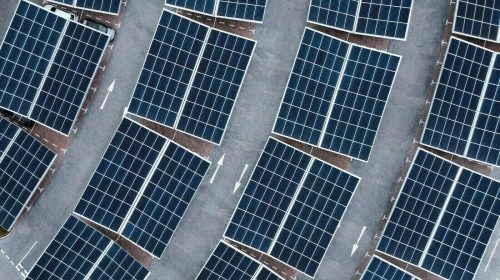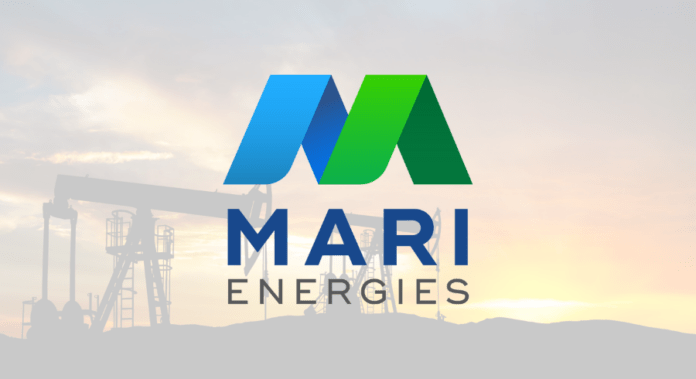Over the past decade, solar energy has transformed from a niche alternative to a mainstream energy source in Pakistan. With an estimated 22 gigawatts of solar panels imported in 2024 alone, Pakistan has emerged as one of the most promising solar markets in the Asia-Pacific region. The rapid adoption of rooftop solar, declining costs, and favorable sunlight conditions have propelled the country toward renewable energy. However, the transition has also triggered significant challenges for the national grid and policymakers, raising critical questions about the sustainability of this shift.
The soaring demand for solar energy has been driven by several factors: escalating electricity prices, unreliable grid supply, and an increasing awareness of environmental sustainability. Households, businesses, and industries have embraced solar as a means to cut down on their energy costs and gain independence from the grid.
China’s aggressive push into Pakistan’s market has made solar more accessible than ever. With intense competition among manufacturers, prices have dropped significantly, making it an attractive option for consumers. Furthermore, the growing availability of locally assembled inverters and battery storage solutions has strengthened Pakistan’s solar ecosystem.
Government incentives, though limited, have also played a role. Policies supporting local battery and inverter assembly, reduced import duties on components, and incentives for solar manufacturers aim to boost domestic production. However, assembling solar panels locally remains unviable due to high costs and dependency on imported raw materials.
While talking to BR Research, General Manager -LONGi Solar Pakistan, Ali Majid pointed out, “Things have actually taken a 180-degree turn. From people not using solar at all to widespread rooftop solar adoption, the shift has been massive. The market is maturing, competition is rising, and even global players see Pakistan as a priority. The next step will be how we handle energy storage and government policy changes.”
While the rise of solar energy is promising, it has also exposed vulnerabilities in Pakistan’s energy infrastructure. Net metering policies, initially introduced to encourage solar adoption, now pose a financial challenge to the government. As more consumers generate their own electricity and sell excess power back to the grid, demand for conventional electricity has plummeted. This shift has disrupted the revenue models of power distribution companies, many of which are already struggling with circular debt.
Moreover, independent power producers (IPPs), with long-term contracts to supply electricity, have placed a financial strain on the government. Pakistan’s energy sector is locked into expensive agreements with fossil fuel-based power plants, requiring the government to purchase electricity regardless of actual demand. With more consumers moving to solar, the grid is seeing reduced consumption, but the government must still pay for excess electricity that remains unused. This imbalance is a significant concern for institutions like the IMF, which has raised red flags over declining grid electricity demand.
As net metering policies face potential revisions and the government considers reducing tariffs on surplus solar energy, consumers are exploring off-grid solutions. Battery storage is emerging as the next phase of Pakistan’s solar revolution, allowing households and businesses to store energy for later use rather than relying on the grid.
The falling prices of lithium-ion and other battery technologies, along with local assembly efforts, are expected to accelerate this transition. However, challenges remain, including limited battery lifespan, high upfront costs, and the need for improved recycling infrastructure to manage waste effectively.
The government is at a crossroads. On the one hand, promoting renewable energy aligns with global sustainability goals, reduces reliance on imported fossil fuels, and helps lower Pakistan’s carbon footprint. On the other hand, the financial viability of the national grid and power sector must be maintained.
To strike a balance, policymakers could consider gradual net metering reforms, instead of abrupt reductions, which could allow smoother adjustments for both consumers and power companies. It should consider investment in grid modernization by encouraging smart grids and decentralized energy distribution, which can help integrate solar power more effectively. Another option is to consider subsidies for energy storage, which is akin to incentivizing battery adoption through subsidies and tax relief that can encourage self-sufficiency without completely removing reliance on the grid. And lastly, localized manufacturing support is vital in the long run. By expanding incentives for domestic battery and inverter production, the government can reduce dependence on imports and create jobs.
Pakistan stands at the forefront of a solar energy revolution, with immense potential to redefine its energy landscape. However, the rapid pace of adoption has created economic and structural challenges for the grid. A thoughtful, well-executed policy framework that supports both renewable energy and the stability of the power sector is essential. If managed strategically, Pakistan can transition toward a more sustainable energy future while maintaining grid viability, ensuring that solar remains a solution rather than a liability.






